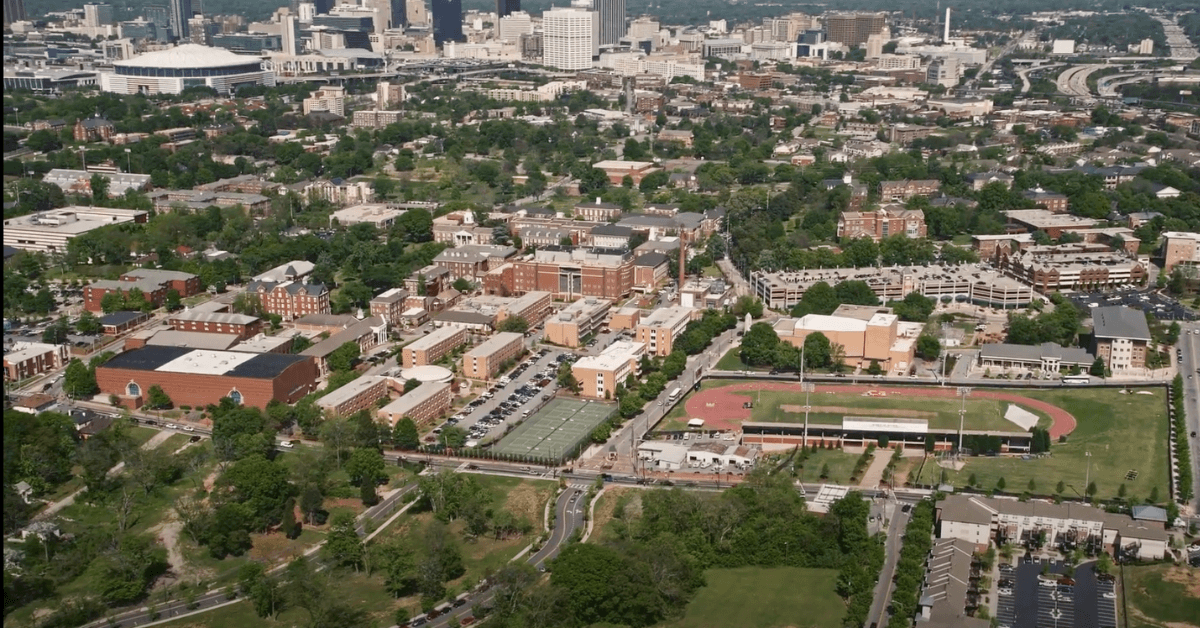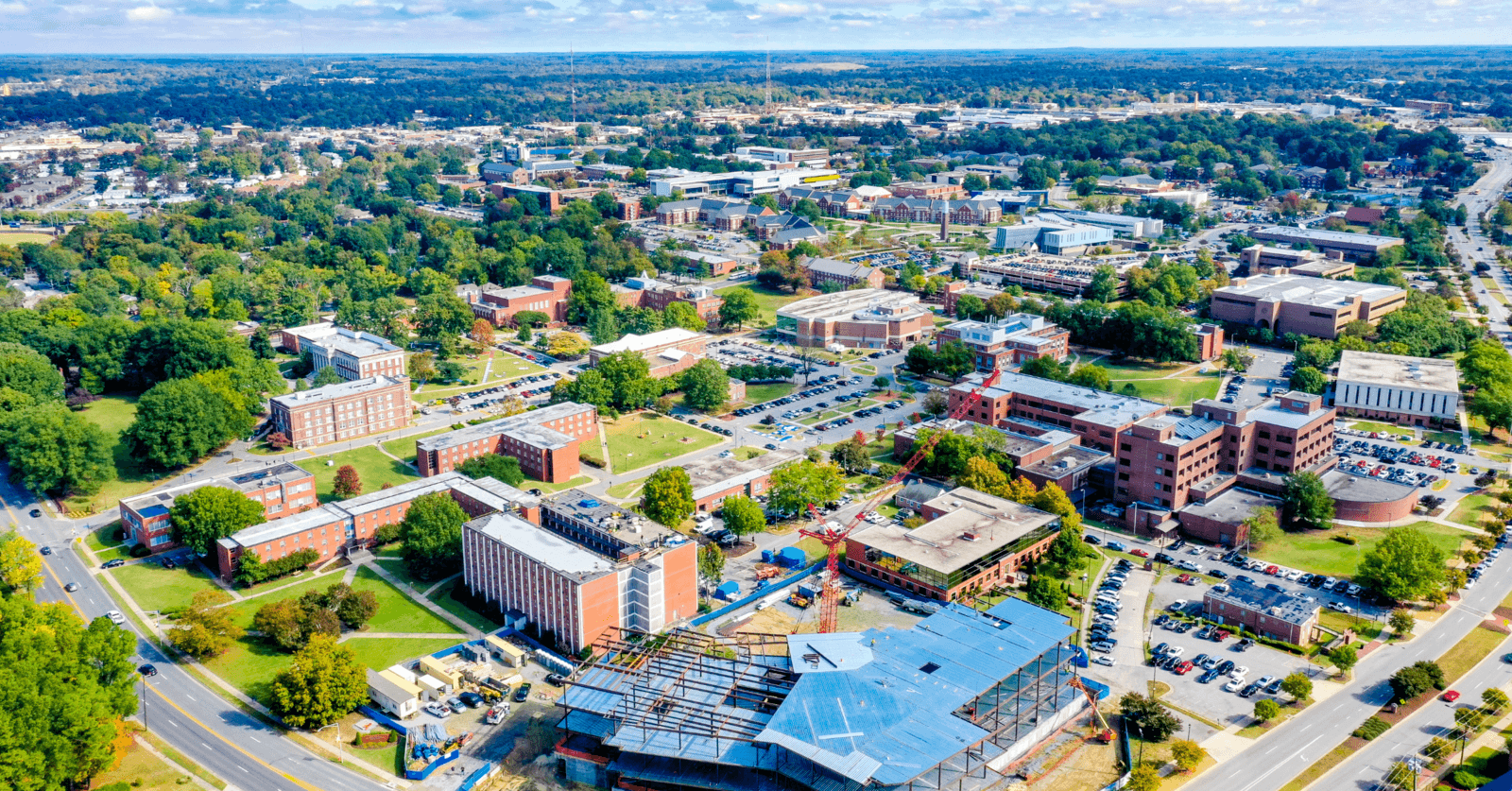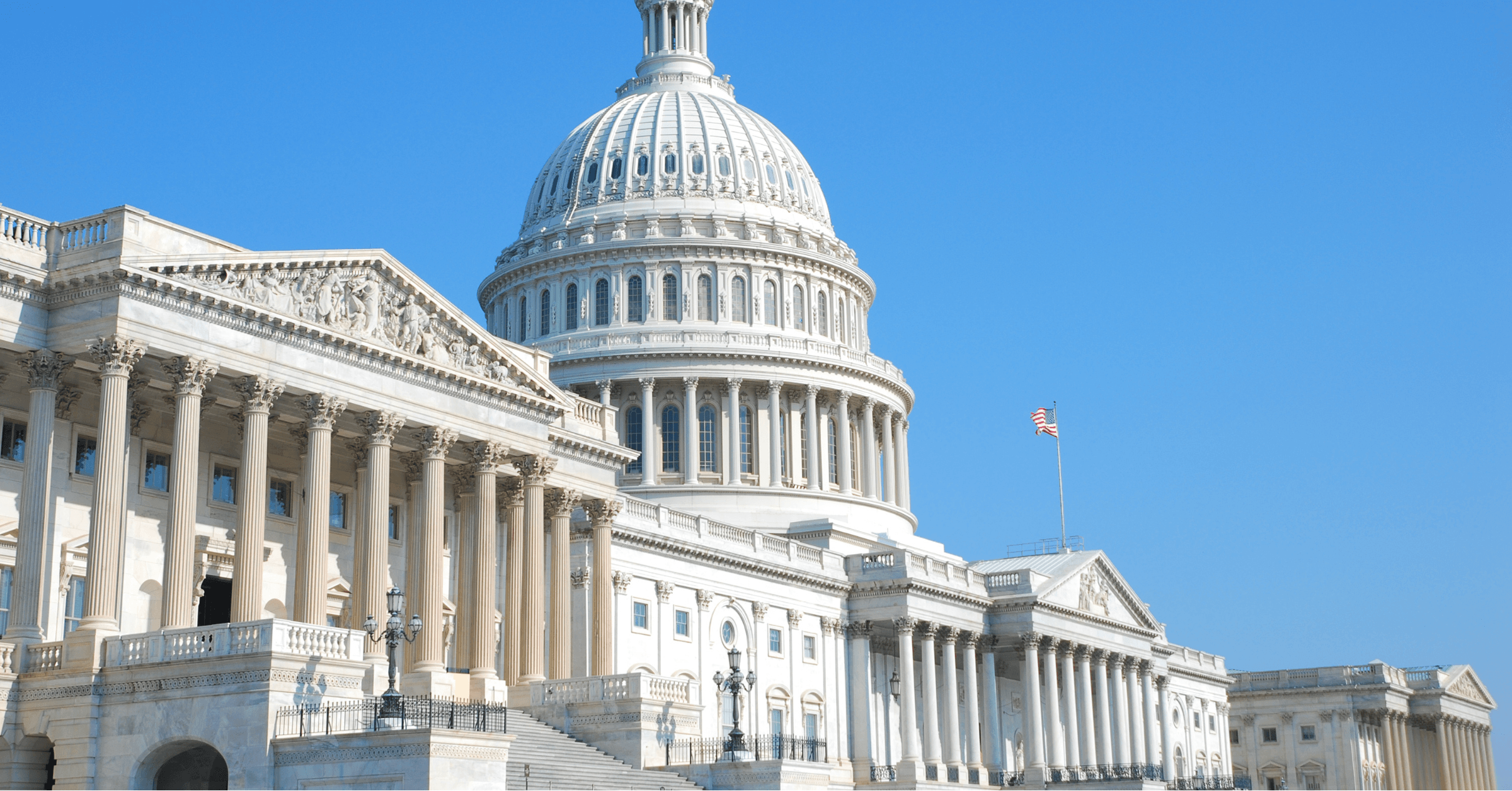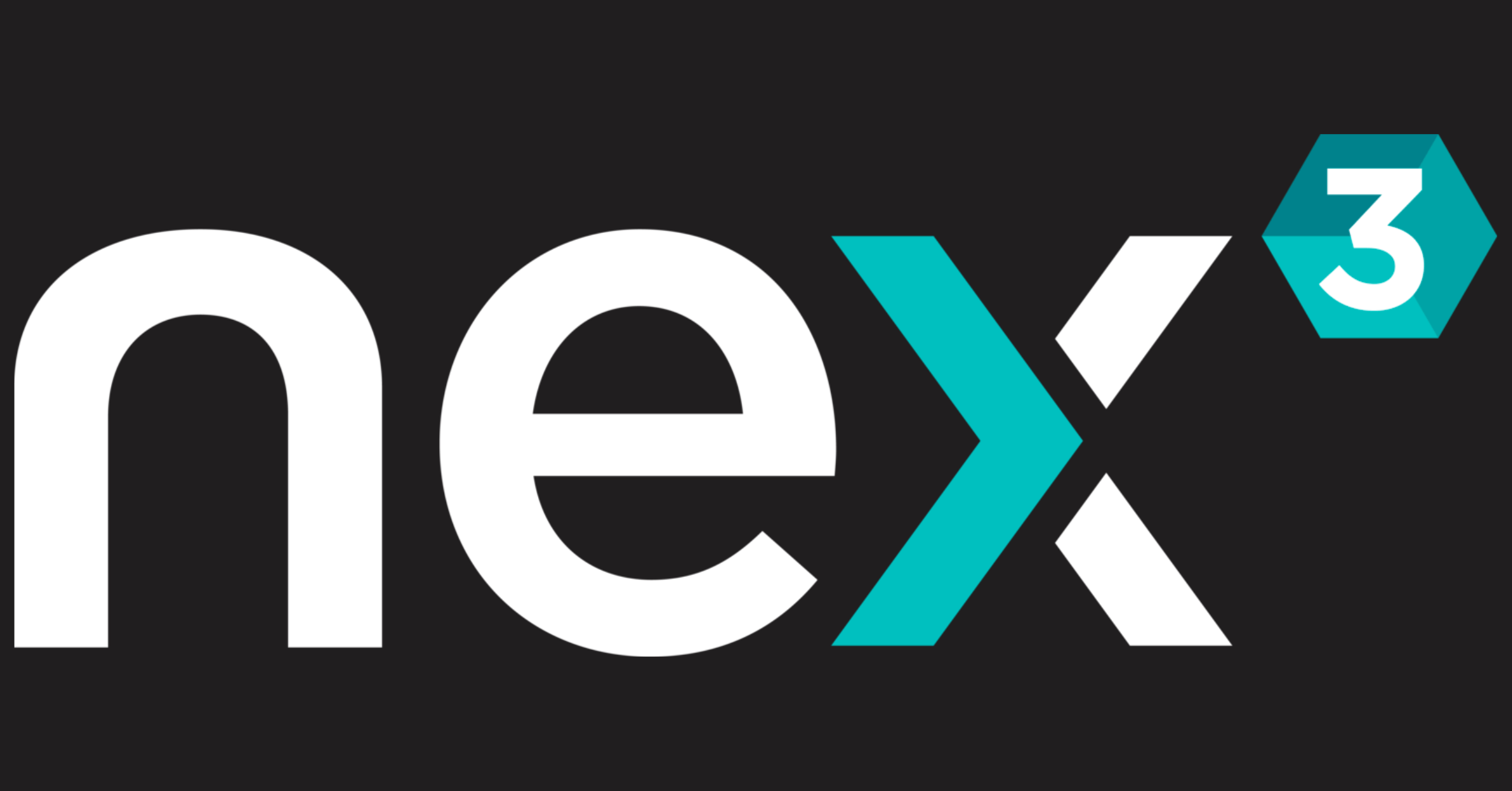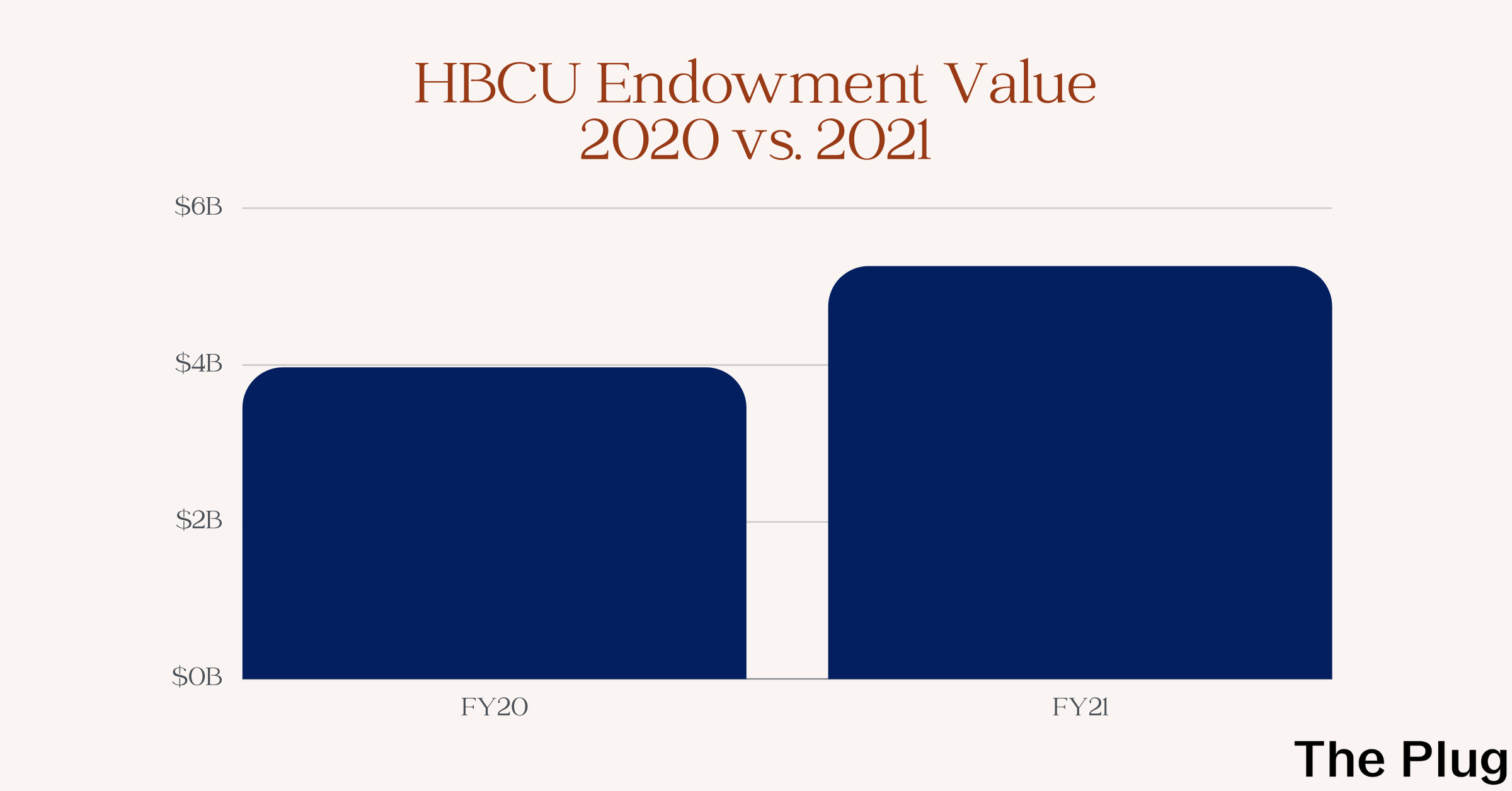KEY INSIGHTS:
- The new Center for Broadening Participation in Computing aims to increase tech’s diversity.
- The head of the center is Kinnis Gosha, a Morehouse professor who has mentored more Black undergraduates that go on to receive computer science PhDs in the last decade and a half than any other individual.
- There are five main components to the center that leverage private companies, state and federal governments and academic offerings to make change in the industry.
On Wednesday, Morehouse College President David Thomas proudly announced that the school was launching the Center for Broadening Participation in Computing (CBPC), a first-of-its-kind center at an HBCU that aims to increase the diversity of the technology industry.
“In my view, the aims that are represented in the Center for Broadening Participation in Computing is really about who will shape the 21st century,” Thomas told industry professionals and Morehouse faculty who had gathered for the announcement.
For Thomas, broadening participation in tech is about more than jobs. It is about continuing the legacy of the school’s most famous alumnus, Martin Luther King Jr, and bringing to fruition his global vision of a “beloved community” where international standards of human decency do not allow hunger, homelessness, racism, war and other societal ills.
“I think if we go at this work of making technology a place that really represents the broad swathes of our society and engages those individuals in trying to solve the biggest problems of our society which cannot be solved without technology, we have a greater chance of creating the beloved community,” Thomas added.
This new center is the brainchild of Kinnis Gosha, a Morehouse professor who has mentored many Black undergraduates that have gone on to receive computer science PhDs. Through the CBPC, Gosha hopes to scale the impact he can have beyond just Morehouse students.
“Helping out my students at Morehouse, I’ve really enjoyed it and I think the students have appreciated it, but I know we can do more,” Gosha, who serves as the inaugural executive director and chief research scientist of the CBPC, told The Plug. “I think Morehouse can take a leadership role in doing that to make sure that students that don’t go to Morehouse can still get those Morehouse opportunities.”
Some of the new opportunities the CBPC will offer are possible through a multi-million dollar grant from the National Science Foundation, a $160,000 commitment from Microsoft and a partnership with the Information Technology Industry Council, more commonly known as ITI, a trade association of some of the largest tech companies in the world. Apple, IBM, Microsoft and Twitter are among its members.
“The technology industry historically has not done a very good job of attracting and retaining diverse talent and we need to do better,” Jason Oxman, president and CEO of ITI, told The Plug. “One of the ways that we can do better is to partner directly with the institutions that are producing that diverse talent.”
To help diversify the tech industry, the CBPC is taking a multi-pronged approach, using resources from the government and private sectors to improve software engineering offerings at Morehouse, increase recruitment for internships and jobs, and provide new “soft skills” training for succeeding in tech.
How the CBPC will work
There are five main components to the new center, some of which have been in existence at Morehouse for years but are now being brought together under one roof:
1. The Innovation Advisory Board (IAB), which is made up of representatives from at least a dozen tech companies that are part of ITI, including semiconductor manufacturer AMD, Amazon, IBM, Hewlett-Packard and Microsoft.
Through ITI’s partnership with Morehouse, faculty and students at the HBCU will have a direct line to leaders from the council’s participating tech companies through the Innovation Advisory Board.
“The partnership that we are entering into between ITI and Morehouse College allows the technology industry to work collaboratively with Morehouse to ensure that their curriculum and their programming and the educational pathway available to Morehouse men are designed to create future leaders in the technology industry,” Oxman said.
One of the members of the board is retired Army Col. Tony Riddick, the chief information officer of the State of New York. The state’s current governor, Kathy Hochul, has given him the mandate to hire 400 more professionals for New York, Riddick said.
IAB met for the first time last Thursday on Morehouse’s campus and ITI has also given $60,000 to the CBPC.
2. A $2.25 million, three-year grant from the National Science Foundation (NSF) to expand a national mentoring initiative for Black students in computer science.
Morehouse was awarded the NSF grant this fall and is working with three other institutions — the American Institutes for Research, Auburn University and the University of Florida — to extend the Institute for African-American Mentoring in Computing Sciences (iAAMCS).
Morehouse is the lead institution on the grant, a rarity for an HBCU, according to James Moore, NSF director of the Directorate for Education and Human Resources. As lead, about $1.7 million of the grant will go to Morehouse.
iAAMCS serves as a national resource for Black computer science graduate students and those considering advanced degrees as well as faculty to help increase African American students in graduate computing programs, their rates of graduation and their participation either in academia or industry.
3. The Morehouse College Culturally Relevant Computing Lab
The lab was started by Gosha 12 years ago when he first arrived at Morehouse.
“[It] has had a lot of success in producing graduates that have gone on to PhDs,” Gosha said.
It conducts research and programs in computer science education, computer science outreach, conversational user interfaces and cybersecurity.
4. The software engineering degree program
Launched in 2019 by Gosha, who still oversees the program and mentors all the students, Morehouse is one of the only HBCUs to offer a software engineering degree.
When it launched, JPMorgan Chase Chairman and CEO Jamie Dimon donated $100,000 for the creation of a Software Engineering Innovation Lab.
5. New core programs to support students from high school and beyond
Gosha also hopes to launch a dual-degree program with local high schools where students would be able to take tech and coding classes at Morehouse and receive college-level learning as well as credit to help give them a stronger footing to finish pursuing their undergraduate degree.
“What happens is a lot of students that are in under-resourced schools don’t have teachers that can teach high school computer science, and so what the center will allow me to do is bring courses and bring some faculty to open up seats for high school students to take those courses,” Gosha said.
By coming into college with credit, students would have less student loan debt and more time for internships and technical interview practice, a key part of the interview process for some of the most competitive tech jobs.
The CBPC is also partnering with Karat, a company that conducts first-round interviews for tech companies, to provide specialized training on how to nail the technical interview. Karat is conducting 1,000 mock technical interviews for the center.
“The interview is really the gatekeeper,” Portia Kibble Smith, director of Diversity, Equity and Inclusion at Karat, told The Plug. “With us providing free practice interviews to [students], it helps them get stronger so that they walk into an interview with a lot more confidence than what they had before.”
Solving the diversity issues in the tech pipeline will take a concerted effort, but the CBPC is approaching the problem from multiple angles to try to make change.
“[In 5, 10 years,] I want companies to say, ‘Wow, our diversity numbers have increased by working together, by collaborating,’” Gosha said. “Even if it’s not through the center, just use this as a model to see that by working together, and coming together and pooling resources, that you can do these great things. It’s not going to be individual gifts and individual efforts. It’s really going to take a team and take a village to solve these issues of diversity in tech.”

